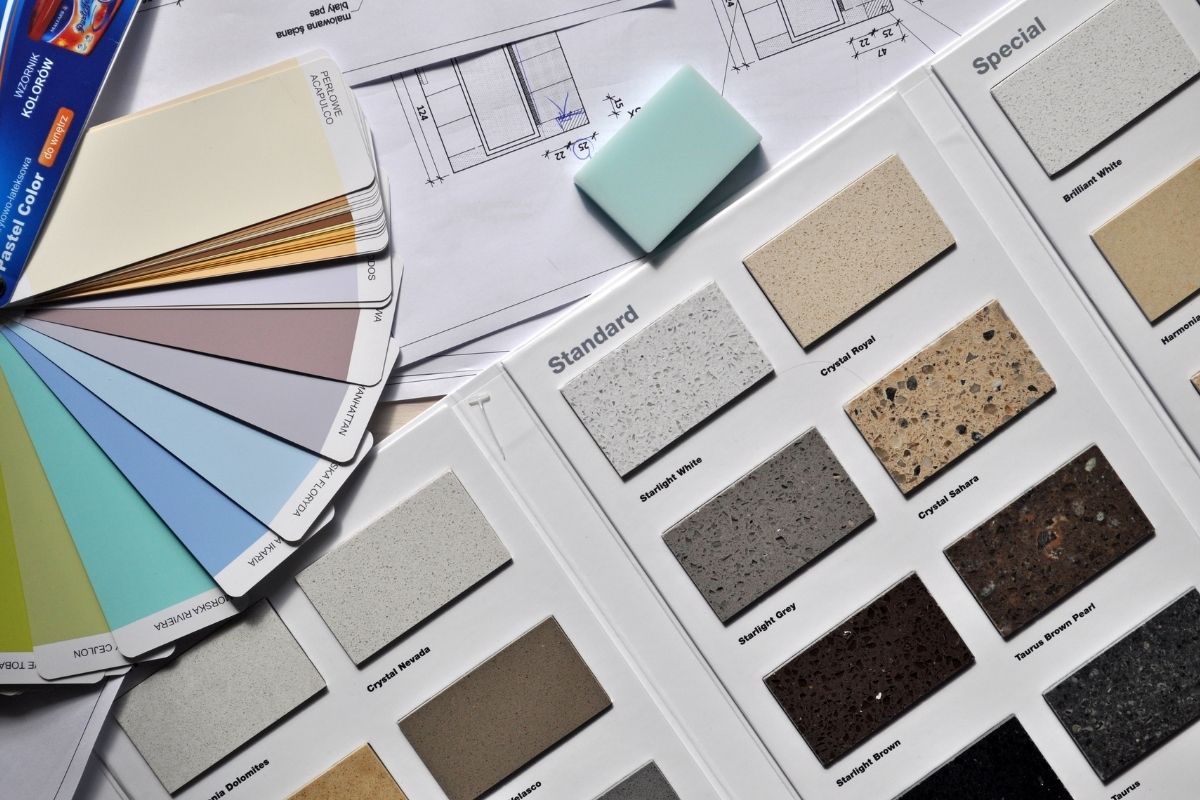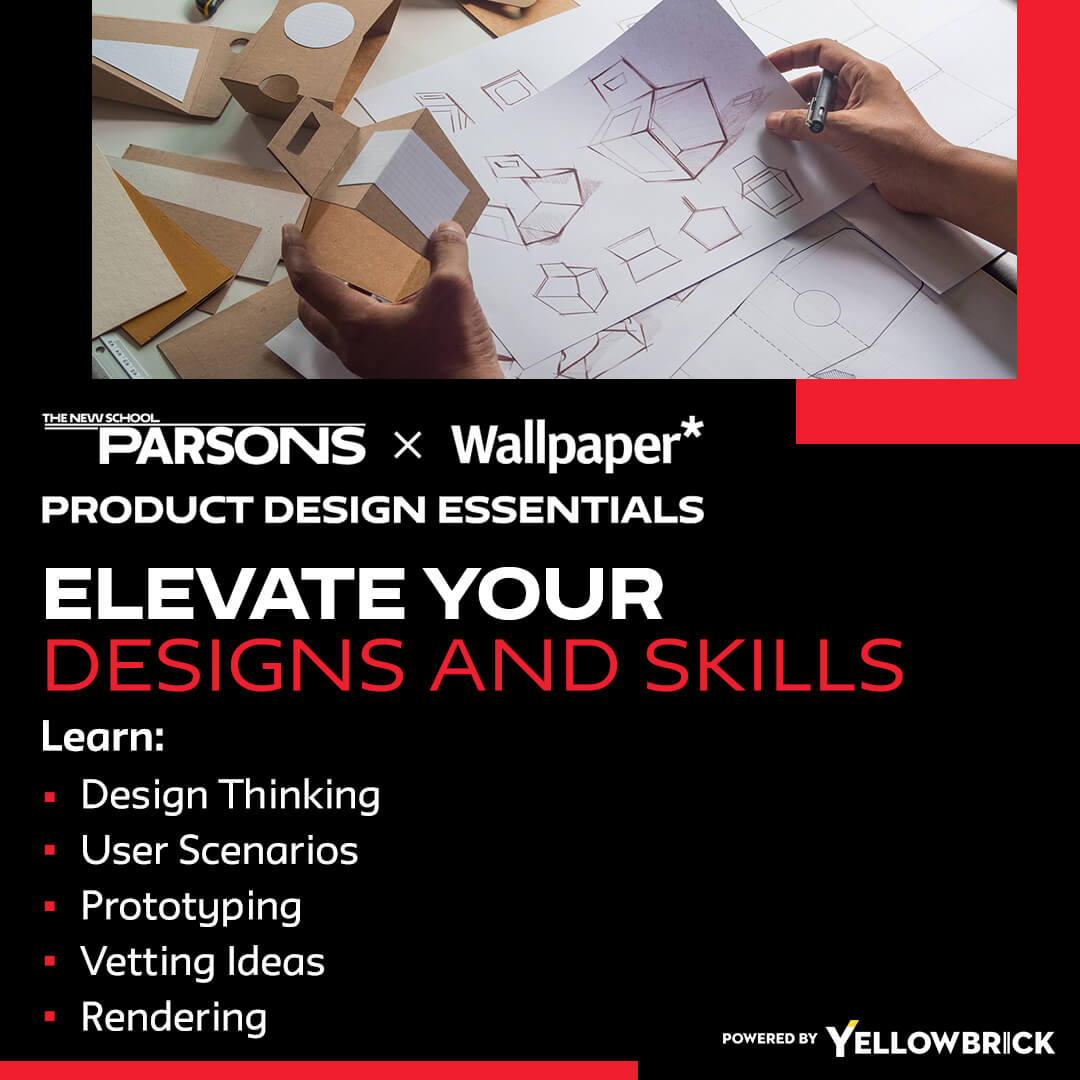Online Product Design Education: Identifying the Problem

Let’s say you’re on Zoom. How many of you have heard the phrase, “Oh, you’re muted. Could you repeat yourself, please?” The mute button is a great example of a product design opportunity. It’s something that we are all really familiar with, but fundamentally it’s poorly designed because it’s not intuitive to how we want it to work. That is a design opportunity. Again, it could start in everyday frustration. It could start because something is not working the way it should be. And really, if you can’t figure it out, that’s a design flaw. The person has not designed it to be easy to use and easy to figure out. There’s a better way to do it if you can’t figure it out.
So, what are ways that you can try and tackle this problem-solving process in product development? First, it’s really about identifying what the problem is. How you frame that problem is really important. Are you asking the right question? Coming back to the example of the mute button, is it, “Am I asking how do I make this mute button easier to turn on and off, or am I really asking how do I make the mute button work for me? How do I make the mute button intuitive? And how do I make the mute button work in a way that makes sense for most people?” Or is it also about making a solution that’s not about a mute button at all, but just about filtering out sound and being able to bubble up the important parts of speech and lower and suppress the parts of speech that are not as important? For example, filtering out white noise but raising voices when you really want to be heard.
The first part really to tackling a problem is framing the problem and figuring out what is the question you’re really trying to answer. You might think you’re asking one question but as you go forward in the design process, and you research, and you develop ideas, you actually come back to the question, and the question isn’t quite right. Let me rephrase this. Let me adjust this and rejigger it to a way that makes more sense and actually gets at the heart of what I really care about. That’s the first part: just framing the question. It sounds easy, but it’s actually really hard.
We often ask questions in the phrase of “how might we?” How might we design a better mute button? Or, how might we come up with a sound system that’s more intuitive? How might we filter out background noise? How might we ensure that voices are heard? There’s a whole different way, and each one is focused on the same problem but with slightly different perspectives. That’s framing the problem.
These are the kinds of questions tackled in our product design education courses.


